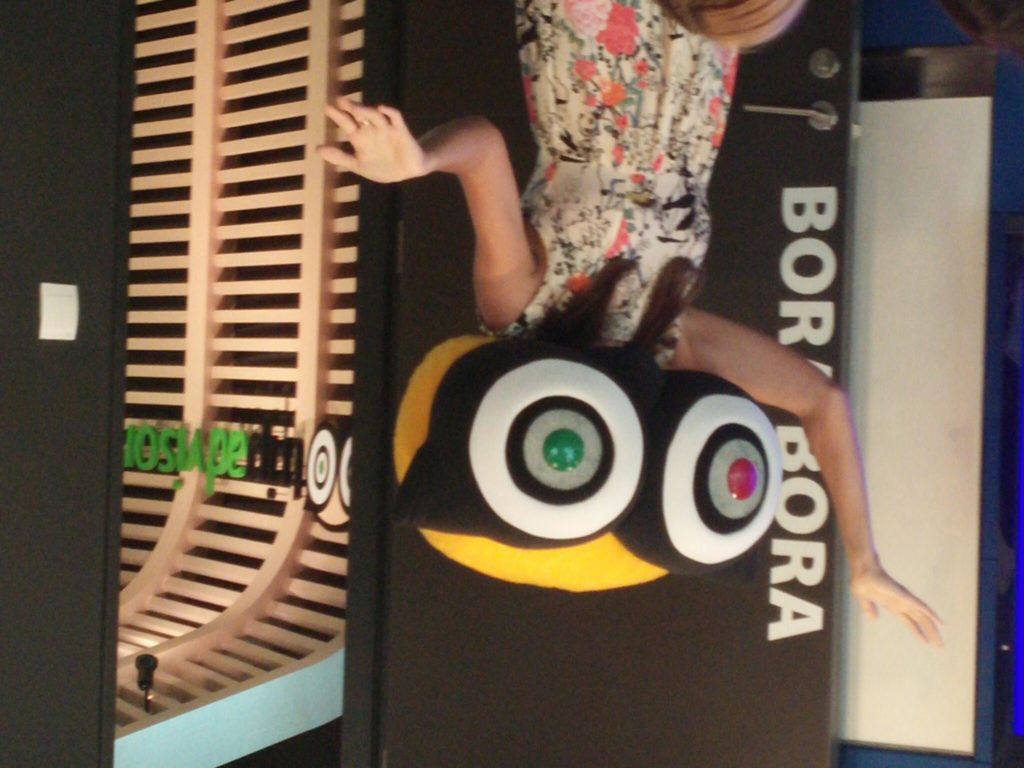Why do some clients take so long to make decisions?
You’ve noticed it. Some clients “buy” an idea and put it into practice immediately. Others take a bit of coaxing. Some you think will never get it, and then suddenly, puzzlingly comply. Why does this happen?
How are you exposing them to information?
The answer lies in a little known psychological filter known as a convincer. It’s accepted that people make decisions for different reasons. What most people don’t know is that they are predictable. There are 2 key elements to convincers – a sensory element, and a time component. The sensory element is reasonably well known. In short, customers prefer to see, hear, feel or read about your idea, and one sensory channel will be their preference. So telling someone who wants to experience it for themselves doesn’t work. Letting them play with a product or experience a pilot or a reference site does. Showing pretty brochures to a client who needs to hear about it, won’t work, getting them referees they can speak to does, and so on for each sensory channel.
How often or how long will they need to experience it?
The key part of convincers though, is the time component of convincers. This is probably most important for change agents.

The time component of a convincer is that clients need to see, hear, feel or read about your idea a certain number of times, or for a certain length of time.
Take managing workflow through work allocation, for example. Jenny Team Leader goes to a workshop, hears her peers and trainers talk about the idea of proactive allocation, and implements the same day. Doesn’t need follow up, only support. She has a one-time, hearing convincer.
In the next work station, Vicky, who was at the same workshop doesn’t implement for 2 weeks – she has to see it working in Jenny’s team for that long before she’s convinced it works. She has a 2-week, seeing convincer.
Last week a client instructed team members on how to print to letterhead directly from their printer (rather than photocopying!). Not rocket science by any means and one area responded immediately, using the trays within minutes of being shown how. Again, an automatic or one-time convincer.
There was no change in other areas shown on the same day. So they were walked through a second time. After the third time exposure things started to shift, and by the fourth time, they had begun to adapt to it. By this time, most people convincers (4 exposures) had been satisfied.
One-time or automatic convincers are common amongst sales people – and they wonder why clients don’t make decisions as quickly. It has been said that most sales people give up after the 2nd or 3rd no, and the clients usually say yes after 5 nos – this is convincers in action. And we wonder why consistent team leader follow up works!

Photo of confident woman calling by telephone outdoor
Three steps to success
There are 3 steps in putting convincers in place in your sales pitch (for ideas or for projects).
- Identify your own convincer
- Identify your client’s convincer
- Customise and adapt how you sell them ideas.
Identify your own convincer by observing your own behaviour – how often do you hear a movie or see a trailer before you decide to go see it? How long do you have a bill on your desk before you pay it? When you took up your favourite sport or hobby, how long were you exposed before you were hooked? How many times or for how long did you go shopping for a new tablet or phone before putting money on the line?

The answer will usually be a number of times, or a period of time. For example, I have a 2-time hearing convincer. If 2 different people recommend a movie, seminar or book to me, I’ll buy. I’ll go to 2 yoga classes before I decide if it works for me. I give a new hairdresser 2 chances.
Once you know your own convincer, observe how you present ideas to clients, and when building rapport with them, ask them questions about how often they need to see, hear, feel, experience or get information on something before buying. When you begin applying this to the way you work with your clients, you’ll discover how much more easily you can make change!
Why clients take so long
So why do clients take so long to make up their minds? Those who “buy” an idea and put it into practice immediately may have single-time convincers, or convincers the same as yours (that means it feels like less effort, because you tell, show, or give them examples as many times as you’re comfortable).
The clients who take a bit of coaxing will have a longer time frame or a greater number of times than you have. The ones you think will never get it, who suddenly comply have hit convincer threshold. They’ve seen it enough times, or heard it talked about sufficiently long, or experienced its effect for long enough, or got enough information to make an informed decision.
Makes perfect sense now, doesn’t it?
So if you’re convinced convincers work for you, get on with it, and if you’re not, perhaps you could leave this article on your desktop and read it again in a month’s time, when you’ll be convinced that using convincers make life so much easier!
Cindy Tonkin coaches, trains and consultants. Read more of her articles here.






